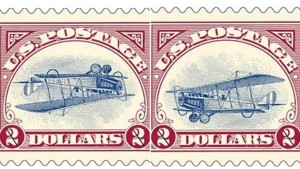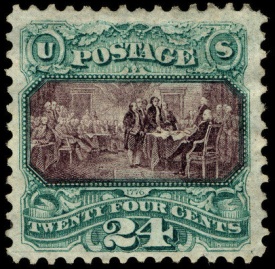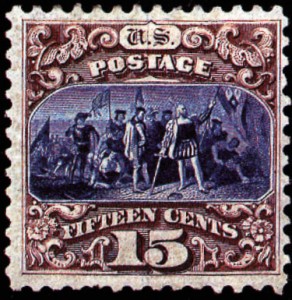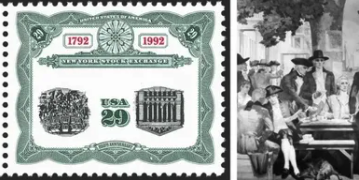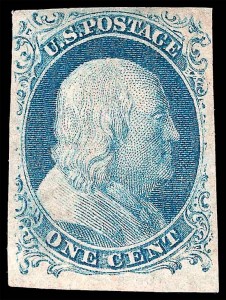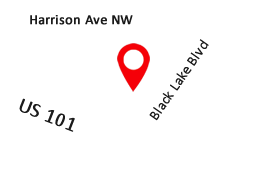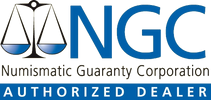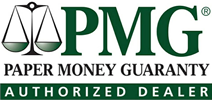American Rare Coin & Gold is your trusted source for buying and appraising US postage stamp collections. With over 20 years of experience in the industry, our team of experts is dedicated to providing you with the highest level of service and expertise when it comes to buying and selling rare stamps.
We understand that selling your stamp collection can be a difficult decision, which is why we offer free appraisals and a no-pressure sales process. Our goal is to make the process as simple and straightforward as possible, so you can get the cash you need and feel good about the transaction.
American Rare Coin & Gold specializes in buying US postage stamps of all types and conditions. Whether you have a small or large collection, we are interested in seeing what you have to offer. We can travel to your home or place of business for larger collections, and we'll make sure that you receive a fair and competitive price for your stamps.
At American Rare Coin & Gold, we are passionate about rare stamps and their history. Here are three uncommon but not extremely rare collectible US postage stamps along with a brief description that may be in your collection:
In addition to buying and selling stamps, we also offer a range of related services to assist our customers. We can provide stamp grading and authentication services, as well as assistance with estate planning and inheritance issues related to stamp collections.
We take pride in our expertise, and we're confident that we can provide you with the highest level of service when it comes to buying and selling US postage stamps. Contact us today to schedule a free appraisal or to learn more about our services.
